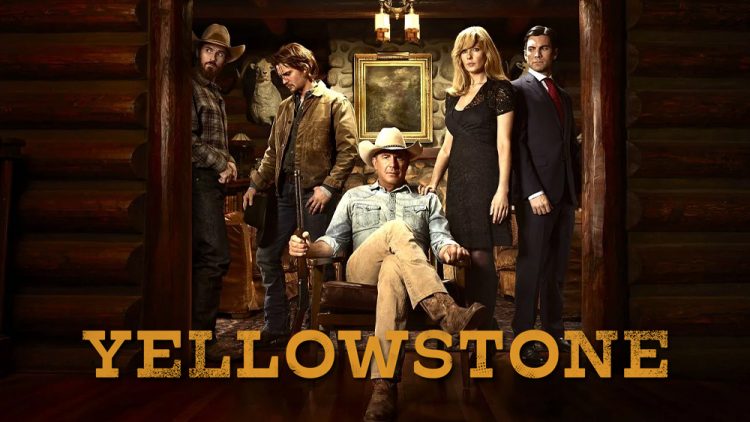“The Head Hunter” (2018): Atmospheric Storytelling and Minimalism – Film Review

“The Head Hunter” (2018), directed by Jordan Downey, emerges as a stark, compelling narrative that defies conventional expectations. On a relatively meager budget, Downey crafts a visually rich and emotionally resonant tale of revenge, utilizing the power of suggestion and the natural landscape to create a world teeming with unseen horrors. The film, primarily carried by the singular performance of Christopher Rygh as the unnamed warrior, showcases how creativity and resourcefulness can transcend monetary constraints in filmmaking.
The Essence of the Story
At its core, “The Head Hunter” is a deeply personal story of loss and vengeance. The protagonist, a solitary warrior haunted by the death of his daughter, embarks on a relentless quest to hunt down the monstrous entities that roam the land. Each victory brings him closer to confronting the beast responsible for his greatest sorrow, culminating in a journey that is as much internal as it is external. The narrative thrives on its simplicity, allowing the audience to fill in the gaps and engage with the film on a visceral level.
Behind the Scenes: Crafting a World with Limited Resources
One of the most remarkable aspects of “The Head Hunter” is its ability to create a richly textured world with minimal resources. The film was shot on location in Portugal, with the natural landscapes providing a breathtaking backdrop that adds depth and authenticity to the fantasy setting. The production’s ingenious use of practical effects, makeup, and costumes contributes to the film’s immersive quality, proving that creativity is not bound by budgetary limitations.
Jordan Downey and co-writer Kevin Stewart demonstrate a keen understanding of visual storytelling, using the camera to convey mood and emotion. Cinematographer Kevin Stewart captures the haunting beauty of the wilderness with precision, crafting shots that are both striking and foreboding. The sparing use of dialogue emphasizes the film’s visual and atmospheric strengths, with the warrior’s solitary existence mirrored in the expansive, unforgiving landscapes.
The Power of Sound and Silence
“The Head Hunter” also excels in its sound design, where the absence of sound is as potent as its presence. The film’s sparse dialogue heightens the significance of ambient noises—the rustling of leaves, the crackling of fire, the warrior’s heavy breathing—immersing the audience in the protagonist’s solitary world. Nick Soole’s haunting score complements the film’s atmosphere, enhancing the sense of dread and anticipation that pervades the warrior’s quest.
A Performance That Carries the Weight of Silence
Christopher Rygh’s performance is a testament to the power of physical acting. With minimal dialogue, Rygh conveys the depth of the warrior’s grief, determination, and weariness through subtle expressions and body language. His portrayal anchors the film, lending it an emotional weight that resonates with the audience.
Reflections on “The Head Hunter”
“The Head Hunter” stands as a remarkable example of independent filmmaking that challenges the boundaries of genre and narrative. Jordan Downey’s vision brings to life a story that is both intimate and epic, exploring universal themes of loss, vengeance, and the cyclical nature of violence. The film’s minimalist approach to storytelling, combined with its innovative use of location, practical effects, and sound, creates a cinematic experience that lingers long after the screen fades to black.
In an era where blockbuster films often rely on extravagant visuals and complex plots, “The Head Hunter” serves as a reminder of the power of simplicity and the enduring appeal of well-crafted stories that speak to the human condition. It is a compelling piece of cinema that showcases the potential for creativity and storytelling to flourish, even within the constraints of independent filmmaking.


